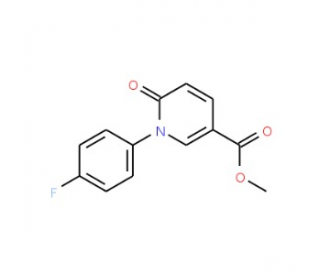详细说明
- Purity>97%, by SDS-PAGE under reducing conditions and visualized by silver stain.
- Endotoxin Level<1.0 EU per 1 μg of the protein by the LAL method.
- ActivityMeasured by its ability to activate Wnt induced TCF reporter activity in HEK293 human embryonic kidney cells expressing human Frizzled-4 and human LRP-5. The ED 50 for this effect is 30-150 ng/ml.
- SourceE. coli-derived Lys25-Ser133, with an N-terminal Met
- Accession #
- N-terminal Sequence
AnalysisMet - Structure / FormDisulfide-linked oligomer
- Predicted Molecular Mass12.6 kDa
| 3014-NR | | |
| Formulation Lyophilized from a 0.2 μm filtered solution in HCl. | ||
| Reconstitution Reconstitute at 250 μg/mL in sterile 4 mM HCl. | ||
| Shipping The product is shipped at ambient temperature. Upon receipt, store it immediately at the temperature recommended below. | ||
| Stability & Storage: Use a manual defrost freezer and avoid repeated freeze-thaw cycles.
|
Norrin (also called Norrie Disease Protein or NDP) is a secreted regulatory protein that remains tightly associated with the extracellular matrix (1). At least 70 mutations of Norrin have been identified in Norrie disease (X-linked retinal dysplasia) or in a minority of X-linked familial exudative vitreoretinopathy (FEVR). Both are disorders of retinal vascularization that cause blindness (2, 3). Norrin consists of disulfide-linked homodimers that oligomerize further via disulfide bridges to form higher order oligomers containing up to ten units of 12 kDa each. The cysteine-rich C-terminal domain of Norrin is homologous to von Willebrand factor, several extracellular mucin proteins, and members of the TGF-beta family. Molecular modeling studies predict that Norrin assumes a cysteine-knot structure typical for the TGF-beta family (4). Although Norrin is not related to Wnt family proteins, it functions like a Wnt protein in that it binds with high affinity to the receptor Frizzled-4, requires LDL receptor-related protein (LRP) as a co-receptor, and induces activation of the canonical Wnt signaling pathway (5). Norrin and Frizzled-4 are expressed at relatively low levels in tissues displaying vascular phenotypes and genetic disruption of either gene in mice gives phenotypes with marked similarities (5, 6, 7). Human Norrin shares 100%, 96%, 95%, 94% and 90% amino acid identity with rhesus macaque, canine, bovine, mouse, and chick Norrin, respectively.
- References:
- Perez-Vilar, J. and R.L. Hill (1997) J. Biol. Chem. 272:33410.
- Berger, W. et al. (1992) Nat. Genet. 1:199.
- Berger, W. and H.H. Ropers (2001) “The Metabolic and Molecular Bases of Inherited Diseases”, C.R. Scriver, et al. eds. p. 5977.
- Meitinger, T et al. (1993) Nat Genet 5:376.
- Xu, Q. et al. (2004) Cell 116:883.
- Hartzer, M.K. et al. (1999) Brain Res. Bull. 49:355.
- Wang, Y. et al. (2001) J. Neurosci. 21:4761.
- Entrez Gene IDs:4693 (Human)
- Alternate Names:EVR2; exudative vitreoretinopathy 2 (X-linked); FEVR; ND; NDP; Norrie disease (pseudoglioma); Norrie disease protein; Norrin; X-linked exudative vitreoretinopathy 2 protein












